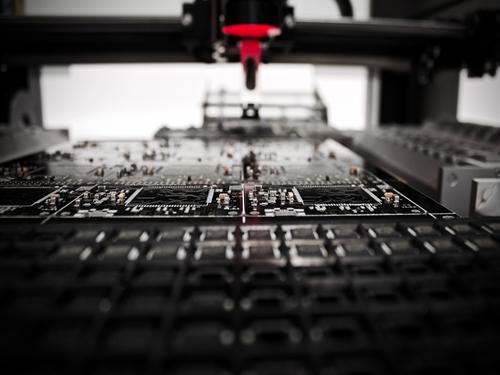
A circuit board printer, used in electronics manufacturing, rapidly and accurately creates printed circuit boards (PCBs). Let’s delve into what it does, how it operates, and its applications.
Function: A circuit board printer prints conductive traces, insulating layers, and essential components onto a substrate, typically a fiberglass-reinforced epoxy board.
Printing Process: It follows a digital design file, depositing conductive ink or solder paste onto the board with precision. This ensures accurate electrical connections.

Variety of Types: Circuit board printers come in various types: inkjet-based, screen printing, and direct laser etching, each with unique advantages.
Advantages: These printers offer benefits like increased production speed, reduced material waste, and the ability to create intricate PCB designs.
Applications: They are used widely in electronics manufacturing, supporting devices ranging from consumer electronics to aerospace and medical equipment.
Cost-Efficiency: By streamlining PCB manufacturing, circuit board printers result in cost savings, making them a valuable investment for manufacturers.
In summary, circuit board printers simplify and expedite PCB production. Their precision, efficiency, and versatility are indispensable in modern electronics manufacturing.

